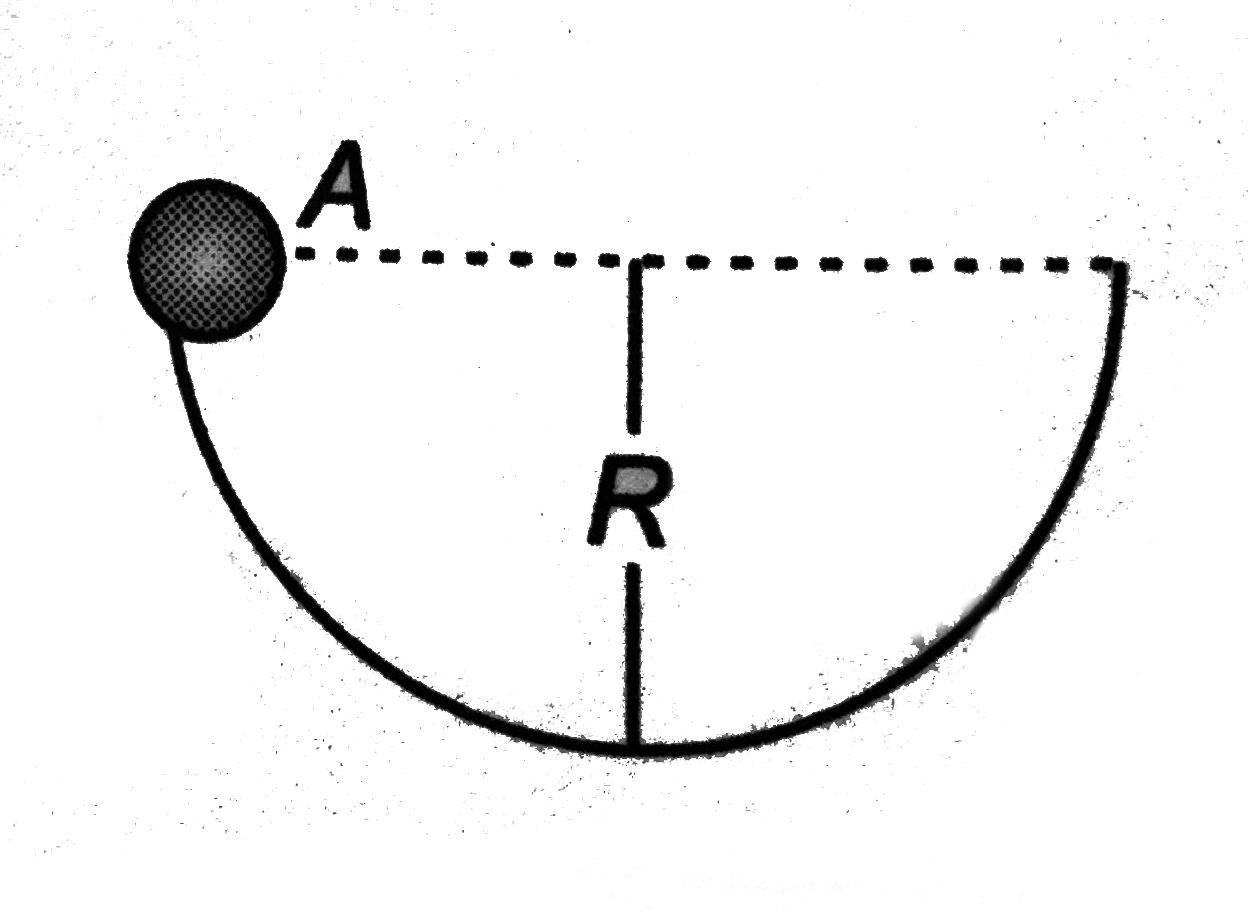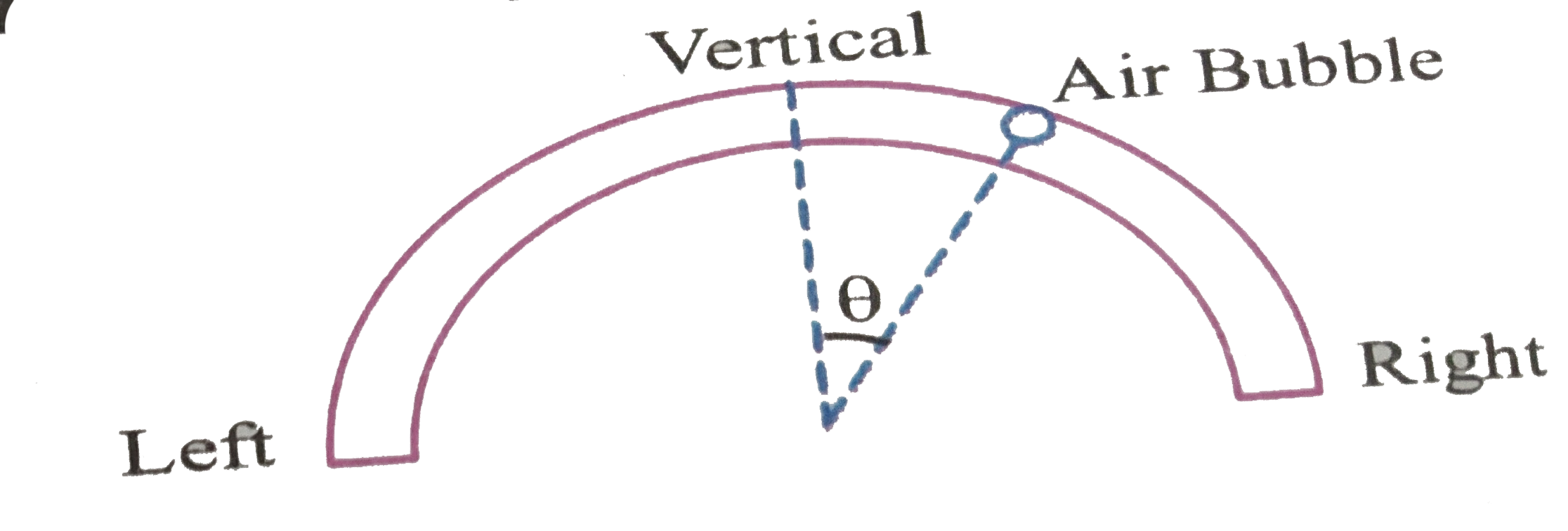The fluid cortained in a bucket can fill four large bottles or seven small bottles. A full large bottle is ussed to fill an empty small bottle. What fraction of the fluid is left over in the large battle when the small one is full ?
27
37
47
57
The correct Answer is:B
Step by step video, text & image solution for The fluid cortained in a bucket can fill four large bottles or seven small bottles. A full large bottle is ussed to fill an empty small bottle. What fraction of the fluid is left over in the large battle when the small one is full ? by Maths experts to help you in doubts & scoring excellent marks in Class 9 exams.
Updated on:21/07/2023Topper's Solved these Questions
- IMO QUESTION PAPER 2016 SET A BOOK - SCIENCE OLYMPIAD FOUNDATION CHAPTER - IMO QUESTION PAPER 2016 SET A EXERCISE - Achievers Section
5 Videos
- IMO QUESTION PAPER 2016 SET A BOOK - SCIENCE OLYMPIAD FOUNDATION CHAPTER - IMO QUESTION PAPER 2016 SET A EXERCISE - Achievers Section
5 Videos
- HERON'S FORMULABOOK - SCIENCE OLYMPIAD FOUNDATION CHAPTER - HERON'S FORMULAEXERCISE - Achievers Section (HOTS)
3 Videos
- IMO QUESTION PAPER 2016 SET BBOOK - SCIENCE OLYMPIAD FOUNDATION CHAPTER - IMO QUESTION PAPER 2016 SET BEXERCISE - Achievers section
5 Videos
Similar Questions
The fluid contained in a bucket can fill four large bottles or seven small bottles. A full large bottle is used to fill an empty small bottle. What fraction of the fluid is left over in the large bottle when the small one is full? 27 (b) 37 (c) 47 (d) 57
View Solution
A small solid cylinder of radius r is released coaxially from point A inside the fixed large cylindrical bawl of radius R as shown in figure. If the friction between the small and the large cylinder is sufficient enough to prevent any slipping then find.
(a). What fractions of the total energy are translational and rotational when the small cylinder reaches the bottom of the larger one?
(b). The normal force exerted by the small cylinder on the larger one when it is at the bottom.
View Solution
Knowledge Check
Three bottles of equal capacity are containing a mixture of milk and water in ratio 2: 1, 3:7 and 4: 11 respectively. These three bottles are emptied into a large bottle. What is the ratio of milk and water respectively in this large bottle?
A37:53B37:90C37:30D7:30Three bottles of equal capacity are containing a mixture of milk and water in ratio 2: 1, 3:7 and 4: 11 respectively. These three bottles are emptied into a large bottle. What is the ratio of milk and water respectively in this large bottle?
A37:53B37:90C37:30D7:30Three bottles of equal capacity are containing a mixture of milk and water in ratio 2: 1, 3:7 and 4: 11 respectively. These three bottles are emptied into a large bottle. What is the ratio of milk and water respectively in this large bottle?
A37:53B37:90C37:30D7:30
Oranges are to be transferred from larger boxes into smaller boxes. When a large box is emptied, the oranges from it fill two smaller boxes and still 10 oranges remain outside. If the number of oranges in a small box are taken to be x, what is th
View SolutionOranges are to be transferred from larger boxes into smaller boxes. When a large box is emptied, the oranges from it fill two smaller boxes and still 10 oranges remain outside. If the number of oranges in a small box are taken to be x, what is the number of oranges in the larger box?
View SolutionOne bottle is half-full of milk and another bottle with twice the capacity is one-quarter full of milk. If water is added so that both the bottles are full and the contents of both are then poured into a third bottle that is empty and large enough to hold the contents of both, what fraction of the contents in the third bottle is milk? 14 (b) 13 (c) 23 (d) 38
View Solution3 small pumps and a large pump are filling a tank. Each of the three small pumps works at 2/3rd the rate of the large pump. If all 4 pumps work at the same time, they should fill the tank in what fraction of the time that it would have taken the large pump alone?
View Solution
A glass tube filled with colored water, sealed at both the ends is bent into an arc. There is a small air bubble inside. The tube is held with its plane vertical. When the tube moves with constant acceleration either of left or right the bubble shifts and settles at some plane either to the left or right of the highest point. For the situation shown, what can you conclude about acceleration vector of the tube?
View Solution
